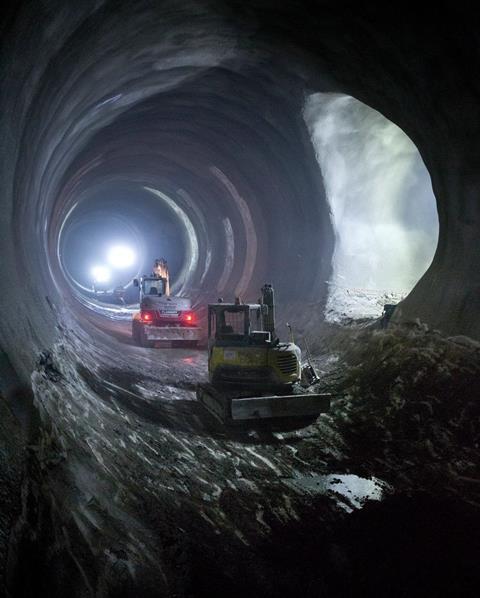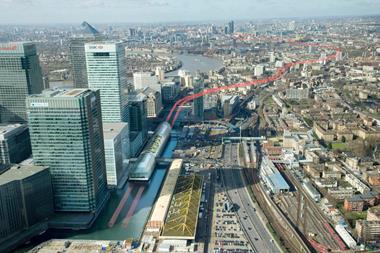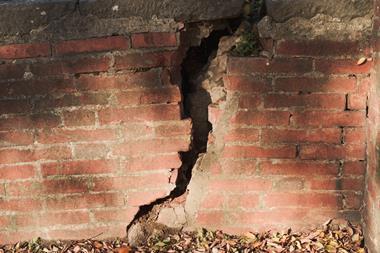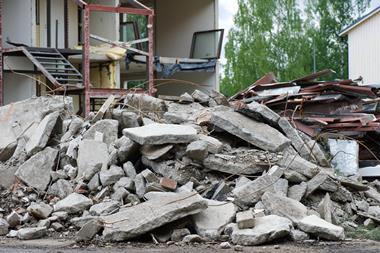Cedric Wong, senior underwriter, Swiss Re Corporate Solutions, recalls how a series of tunnel collapses sparked the creation of a new best practice code 15 years ago and asks if it is still fit for purpose

The Joint Code of Practice for Risk Management of Tunnel Works in the UK (TCOP) was set up through a collaboration between industry bodies representing both insurance and civil engineering groups. These groups came together following a series of railway tunnel collapses around the world, including the collapse of three tunnels of the Heathrow Express Link during construction in 1994.
The construction of tunnels is a highly complex undertaking. Even with borehole investigations along the route of the alignment of the tunnel it is impossible to know exactly what sort of geological features may be present until excavation is underway.
A second challenge it picking the methodology that is best suited to the material and site. London clay, for instance, has a relatively short-lived “stand-up” time before it collapses and needs to be reinforced with a sprayed concrete lining. Additionally, methods must be employed to protect buildings, structures and services from being damaged by settlement of the ground surface when tunnelling work is undertaken through soft soils.
The UK Health and Safety Executive (HSE) described the catastrophic failures at Heathrow as an “organisational accident” with errors made at every stage of the project, leading to poor design and planning, a lack of quality during construction and lack of safety management. Major short term disruption followed the collapse. There were longer term delays as other projects set to use the same new Austrian Tunnelling Method were put on hold.
Stung by over $100m in claims, construction underwriters pulled back their capacity with a feeling the premiums being charged were inadequate in the face of mounting losses and reinstatement costs. It forced a change in approach and closer collaboration between insurers and construction companies, culminating in the TCOP.
The code’s stated objective is “to promote and secure best practice for the minimisation and management of risks associated with the design and construction of tunnels, caverns, shafts and associated underground structures”. It has promoted best practice in risk management around the world and has been fairly well adopted on tunnelling projects around the world, including Crossrail.
London’s £15 billion Crossrail project, now due to open in autumn 2019 following nine months of testing, is one of the most ambitious infrastructure projects ever undertaken in the UK. The new railway includes 42km (26 miles) of new tunnels beneath the capital, which took just over three years to construct, using eight giant tunnel boring machines, each weighing 1,000 tonnes.
All tunnelling projects are a challenge, but the sheer scale and complexity of Crossrail stands out, not least because of the dense urban environment the tunnels were constructed beneath. In many ways the success of the project is due to stringent adherence to the TCOP and other best practices, close collaboration between the underwriters and lead contractors and intelligent use of technology.
Under the TCOP there is a risk management checklist for each stage of the project, from design and procurement to the construction phases. With Crossrail, lead insurer, Swiss Re Corporate Solutions, implemented a risk engineering programme. It reviewed the risk profile throughout the life cycle of the project and commissioned suitable industry experts to survey the measures and construction techniques being employed, and offer recommendations if necessary
It is clear the best practice guidelines as set out under the TCOP have been instrumental in improving the quality and safety of tunnelling projects around the world since it was first launched in 2003. But there is still room for improvement and earlier this year the ITIG undertook a thorough review of the code. The outcomes of this exercise will establish if any revisions are needed going forward and whether TCOP should be more closely aligned with other recognised risk standards.




















No comments yet